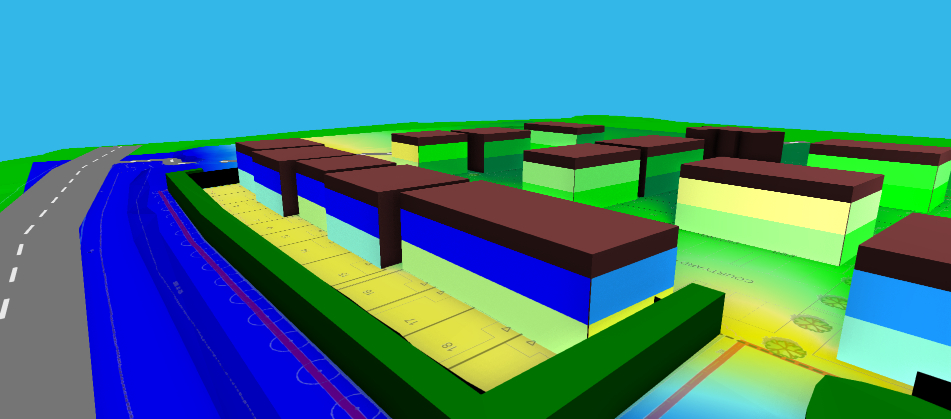
Here at E3P, we understand environmental acoustics and the importance of environmental noise and vibration and its potential effect upon or resultant from developments. Therefore, we offer a variety of noise vibration assessments to ensure noise and vibration are considered at all stages of the life of the development..
By having noise and vibration monitoring and assessments done early on within a developments timeline will help you manage project costs. For instance, can noise issues be designed out by good acoustic design rather than traditional mitigation measures, or can you avoid adverse impacts at existing residential receptors with considerate acoustic design.
Noise is considered to be any unwanted or disturbing sound that affects the health and well-being of humans and other organisms. Environmental noise sources typical include for transportation sources (road, rail, air) and industrial/commercial sources.
Noise can have an effect on health, wellbeing, productivity and the natural environment. Noise pollution impacts millions of people on a daily basis and exposure to loud noise can cause high blood pressure, heart disease, sleep disturbances, and stress. These health problems can affect all age groups, especially children. Many children who live near noisy airports or streets have been found to suffer from stress and other related issues, such as impairments in memory, attention level, and reading skills. As such, it is a material consideration in the planning process and the outcomes of the assessments are to limit and control the impact of noise for residents, proposed or existing.
Firstly a Noise Survey is required. The aim of a noise survey is to quantify the existing sound climate and to obtain a baseline measurement of the noise environment within the vicinity of your proposed development. Once the noise environment has been defined, the potential noise impact on residential dwellings can be assessed. The level of noise impact is analysed according to the relevant standard to ensure the future occupants will not be adversely affected by noise.
The survey is then followed by a Noise Assessment, the level of detail within would depend on the stage of the planning application or level of advice required.
Noise Impact Assessments (NIAs) comprise a series of detailed noise surveys, which are often required for a variety of planning applications. These are requested by the Environmental Health Department at the Local Planning Authorities (LPA), in order to establish the environmental noise impacts of existing and proposed developments. An NIA will typically involve an assessment of the existing noise sources and a comparison of the predicted noise level generated by the proposed development.NIAs typically focus on Transportation noise (Road, Rail and Aircraft) upon proposed noise sensitive developments in accordance with BS8233:2014 and noise from proposed or existing commercial or industrial units upon noise sensitive developments in accordance with BS4142:2014.
A bat survey may be required if you are converting, renovating or modifying a building, or removing any trees that have the potential to support roosting bats. A Preliminary Roost Assessment would be undertaken initially to determine if the trees or buildings, and sometimes structures, have the potential to support roosting bats. If the tree/ […]
READ MORE